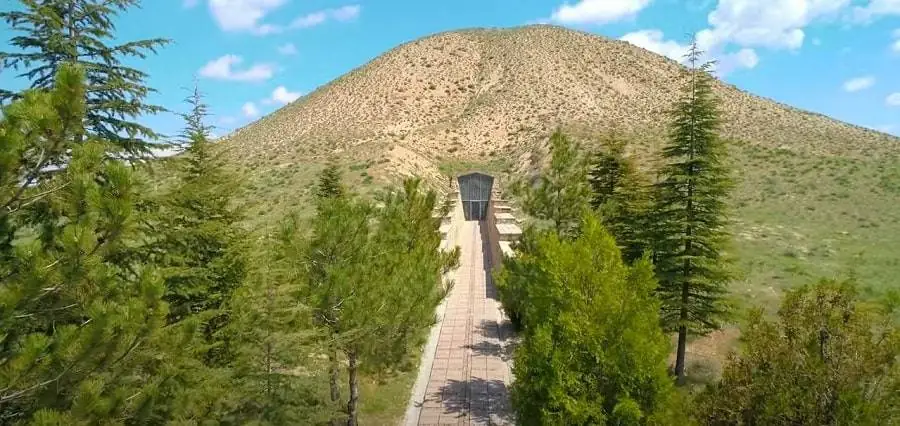Gordion, located in the stunning scenery of central Turkey, invites visitors on an enthralling trip through time. The echoes of a once-powerful Phrygian empire and the fabled stories of King Midas are preserved within the silent remains of this ancient archaeological site, which is located in the present-day province of Ankara.

You’ll be taken to a time in the past as soon as you set foot on Gordion’s sacred grounds, where myths and historical facts are intertwined. With its crumbling walls, ancient graves, and mysterious Midas Mound, this location brings the past to life. Join us as we explore Gordion’s extensive legacy, where mythology and history collide in an unexplored archaeological paradise.
An Account of the Past
According to recent excavations, it was inhabited as early as the third millennium BC. The city was a significant Hittite outpost with Assyrian colonists also residing there between the years 2000 and 1200 BC; this is similar to the situation at Kanesh (Kayseri) at the same time. When the Phrygians arrived, starting in the ninth century BC, the city became even more active; under them, it saw its greatest prosperity in the eighth century BC. By the year 690, Cimmerians had overrun the region and obliterated the city.
♦ 3 Days Turkey Tour – Cappadocia Konya Tour
The city was rebuilt by the Lydians, but Cyrus and his troops once more destroyed it in 547–546 BC. However, it reclaimed its status as a major commercial and military hub under the Persians. The city was taken from the Persians by Alexander the Great in 333 BC, but the Gauls razed it to the ground in 278 BC. The city was entirely abandoned by the year 200 AD. Excavated Hittite burials from the 17th and 16th centuries BC have some of its contents on display at the Anatolian Civilizations Museum in Ankara.
Nearly a hundred tumulus burials of famous people who lived and passed away between Phrygian and Galatian eras can be found in Gordium proper. Above the beautifully rolling terrain, these stand out. King Midas’ tumulus has been classified as the largest one. It still has some wooden furniture in it that came from his palace, most likely.

